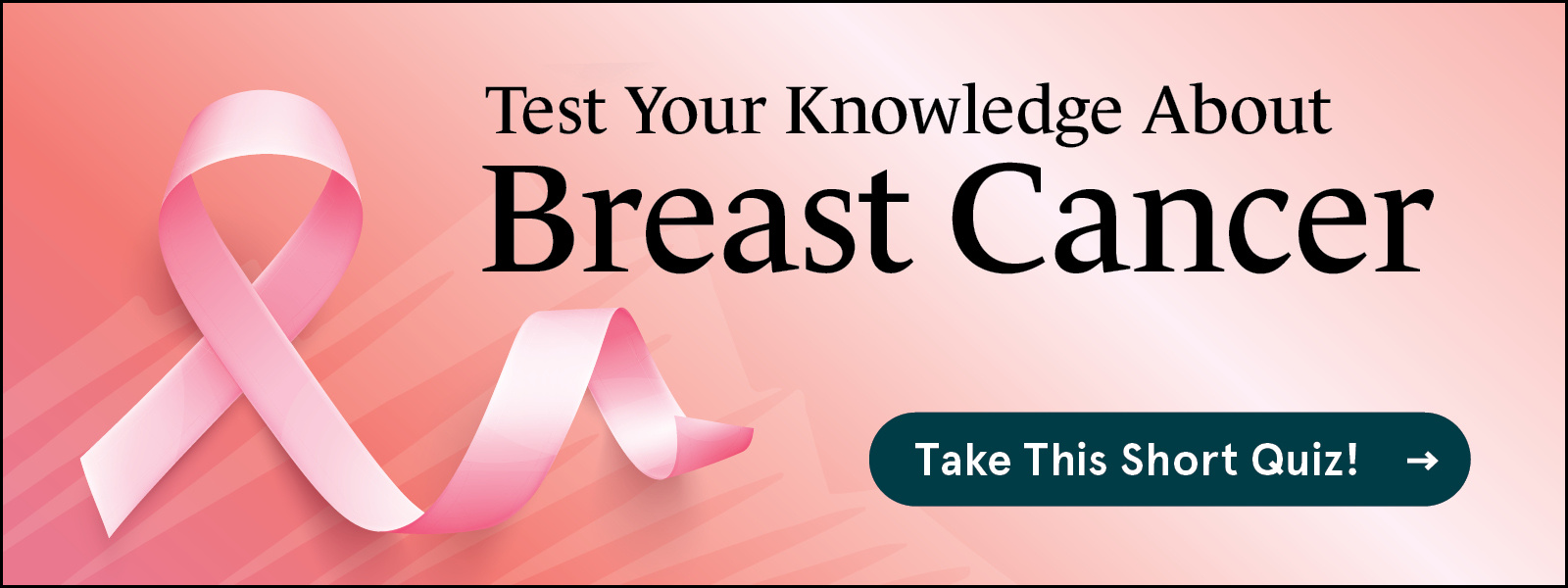Can Tamoxifen Be Used to Reduce the Risk of Invasive Breast Cancer?
6 min read

Unfortunately, there is no magic pill when it comes to treating or preventing breast cancer. However, there is a medicine that can help lower your risk of developing breast cancer or having a recurrence.
Tamoxifen is one of two chemoprevention drugs that have been approved in the U.S. for some types of breast cancer. Keep in mind, Tamoxifen does include some side effects, which means it may not be the right option for all women. Let’s take a closer look at understanding Tamoxifen so that you can learn if this may be an option for you.
What Type of Breast Cancer Does Tamoxifen Prevent from Developing or Recurring?
The hormones estrogen and progesterone are proven to fuel the growth of breast cancer cells in some people. Your breast cancer pathology report will likely include a description of whether the breast cancer cells are hormone-positive. It’s possible to be
- Estrogen-positive only
- Progesterone-positive only
- Positive for both types of hormone receptors
- Negative for all hormone receptors
Tamoxifen is specifically designed to block the effects of estrogen on breast cancer cells, slowing their growth and preventing new growth from starting. Learn more about hormone-positive breast cancer.
How Does Tamoxifen Work?
Tamoxifen, also known as Nolvadex, is a type of medication called a SERM (selective estrogen receptor modulator). SERMs target selected estrogen receptors, in this case, those in the breast cells. Tamoxifen is categorized as a hormone therapy that is most effective on hormone receptor-positive (HR+) breast cancers, especially those that are estrogen-positive. Tamoxifen does not have the same beneficial effect on hormone-receptor-negative breast cancer because estrogen does not play the same role in that type of cancer.
Tamoxifen works by blocking estrogen from getting to the tumor, essentially making it impossible for the tumor to grow.
Breast Cancer Immunotherapy
You should expect to take Tamoxifen in a pill or liquid form daily for 5-10 years, depending on the specifics of your cancer diagnosis. In some instances, your doctor may recommend taking Tamoxifen for the first five years and then switching to a different medication for additional treatment and prevention. The benefits of Tamoxifen can last up to 15 years.
Who Should Consider Tamoxifen for Breast Cancer?
As mentioned, Tamoxifen is commonly used to reduce the risk of breast cancer recurrence in patients who have successfully completed their treatment plan.
There are several other ways it’s used including:
- Shrinking tumors before lumpectomy or mastectomy. This is called neoadjuvant therapy.
- Reducing the risk of breast cancer developing in the second breast after being diagnosed in one breast
- Slowing or stopping the growth of hormone-positive breast cancer that has spread (metastasized) to other body parts.
- Helping patients diagnosed with non-invasive ductal carcinoma, which is the presence of cancer cells in a milk duct in the breast that has not spread to other breast tissue.
- Reducing the risk of breast cancer for both pre- and postmenopausal women who are at high risk based on family history, genetic testing, or other factors.
Learn more about breast cancer treatment options.
How Effective is Tamoxifen for Breast Cancer Risk Reduction?
Tamoxifen was approved by the FDA for over 40 years for breast cancer treatment. It was approved in 1998 as a breast cancer prevention medication and is used by millions of women every year.
Here is what you should know:
- May lower the risk of breast cancer recurrence in premenopausal women by 30-50%.
- May lower the risk of breast cancer recurrence in postmenopausal women by 40-50%.
- May lower the risk of breast cancer in the opposite breast by 50%.
- May lower the risk of initial breast cancer diagnosis by 40%.
- May lower the risk of invasive breast cancer after the diagnosis of early-stage, noninvasive breast cancer by up to 50%.
An important thing to note is that although a medicine that cuts your risk by up to 50% seems like a great thing, it really depends on how high your risk is in the first place. For example, if you had a 5% risk of getting breast cancer in the next 5 years, a 40% reduction in your risk would mean your risk goes down to 3%, this would only be a 2% overall change. Your doctor will estimate your breast cancer risk based on your age, medical history, and family history.
Learn more about breast cancer risk factors. Take our short quiz!
Side Effects When Using Tamoxifen
As with any form of medication or treatment, there are certain side effects and risks to keep in mind. Your doctor can discuss what you should do if you experience any of the following side effects or health issues.
Common side effects
Most of the side effects of Tamoxifen feel like symptoms of menopause. Tamoxifen may also cause one or more of the following side effects:
- Menopause-like symptoms including hot flashes and night sweats
- Premature menopause in younger women
- Fatigue
- Bone pain
- Hair thinning
- Weight gain
- Fluid retention
- Skin rashes
- Leg swelling
- Vaginal discharge
- Erectile dysfunction in men
- Mood swings and depression
- Fertility problems for premenopausal women
Rare effects of Tamoxifen
- Stroke
- Cataracts
- Endometrial cancer
- Pulmonary embolism
- Deep vein thrombosis
Related Blog: What Are the Side Effects of Hormone Therapy for Breast Cancer?
Can Women Take Tamoxifen for Breast Cancer During Pregnancy?
It is reported that Tamoxifen may cause birth defects. Due to this finding, you should not take Tamoxifen if you are pregnant or plan to become pregnant. If you do take Tamoxifen, you should continue to take a contraceptive to avoid pregnancy. You should continue to take a contraceptive for up to two months following your last Tamoxifen dose to avoid potential birth defects should you become pregnant.
Learn about Your Breast Cancer Treatment and Prevention Options
Many women are taking Tamoxifen as part of their breast cancer after-care plan. Be sure you talk to your cancer care team if you are experiencing side effects. They may be able to help!
To learn more about Tamoxifen and whether it’s a good choice for you, or to learn about other breast cancer treatment options, request an appointment with one of our breast cancer doctors at the Rocky Mountain Breast Specialists locations in Denver, Longmont, Boulder, Colorado Springs, and throughout the Front Range. Our team can help you evaluate the right choices for you whether you’re a high-risk patient, recently received a breast cancer diagnosis, or if you’re a breast cancer survivor.
Updated November 2023


